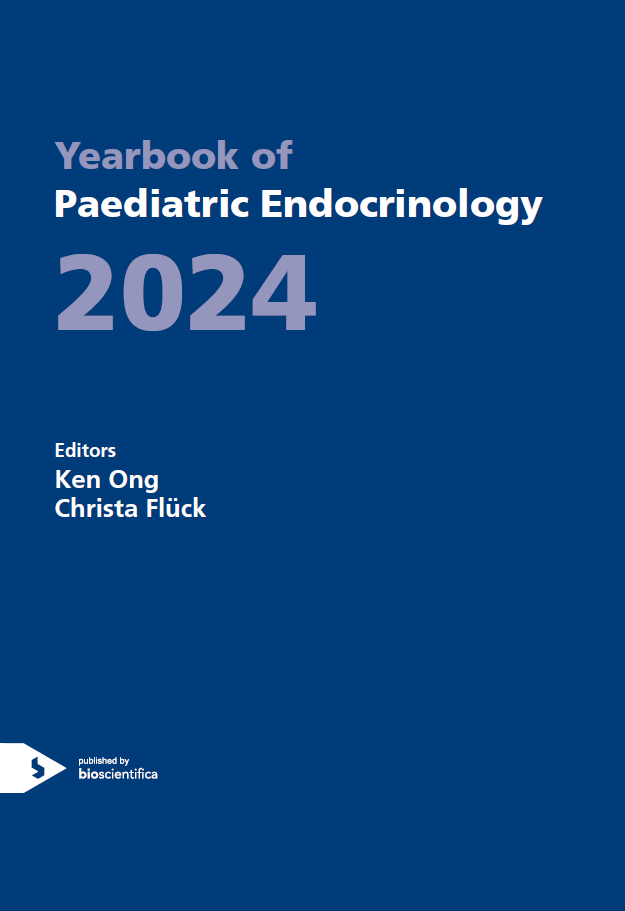1. Pituitary and Neuroendocrinology
Novel Genes
ey0021.1-5 | Novel Genes | ESPEYB21
1.5. Imprinted Dlk1 dosage as a size determinant of the mammalian pituitary gland
Scagliotti V. , Vignola M.L. , Willis T. , Howard M. , Marinelli E. , Gaston-Massuet C.
ey0021.1-6 | Novel Genes | ESPEYB21
1.6. Knockout mice with pituitary malformations help identify human cases of hypopituitarism
Martinez-Mayer J. , Brinkmeier M.L. , O'Connell S.P. , Ukagwu A. , Marti M.A. , Miras M.
ey0021.1-7 | Novel Genes | ESPEYB21
1.7. Identification of genetic variants and phenotypic characterization of a large cohort of patients with congenital hypopituitarism and related disorders
Gregory L.C. , Cionna C. , Cerbone M. , Dattani M. T.
ey0021.1-8 | Novel Genes | ESPEYB21
1.8. The evolutionary conserved miR-137/325 tandem mediates obesity-induced hypogonadism and metabolic comorbidities by repressing hypothalamic kisspeptin
MS Avendano , C Perdices-Lopez , Y Guerrero-Ruiz , F Ruiz-Pino , AB Rodriguez-Sanchez , MJ Sanchez-Tapia , V Sobrino , R Pineda , A Barroso , A Correa-Saez , M Lara-Chica , JC Fernandez-Garcia , AB Garcia-Redondo , R Hernanz , M Ruiz-Cruz , D Garcia-Galiano , N Pitteloud , MA Calzado , AM Briones , MJ Vazquez , M Tena-Sempere
ey0021.1-9 | Novel Genes | ESPEYB21
1.9. Exome Sequencing has a high diagnostic rate in sporadic congenital hypopituitarism and reveals novel candidate genes
J Martinez-Mayer , S Vishnopolska , C Perticarari , LI Garcia , M Hackbartt , M Martinez , J Zaiat , A Jacome-Alvarado , D Braslavsky , A Keselman , I Bergada , R Marino , P Ramirez , NP Garrido , M Ciaccio , Palma MI Di , A Belgorosky , MV Forclaz , G Benzrihen , S D'Amato , ML Cirigliano , M Miras , AP Nunez , L Castro , MS Mallea-Gil , C Ballarino , L Latorre-Villacorta , AC Casiello , C Hernandez , V Figueroa , G Alonso , A Morin , Z Guntsche , H Lee , E Lee , Y Song , MA Marti , MI Perez-Millan




